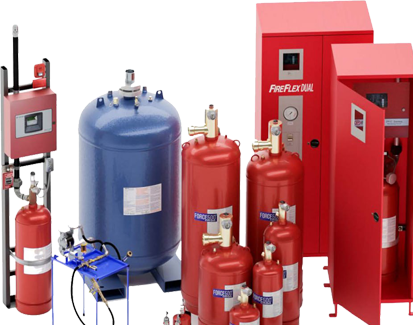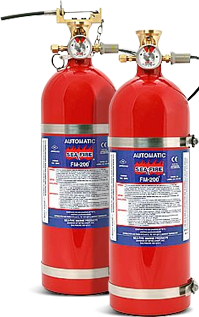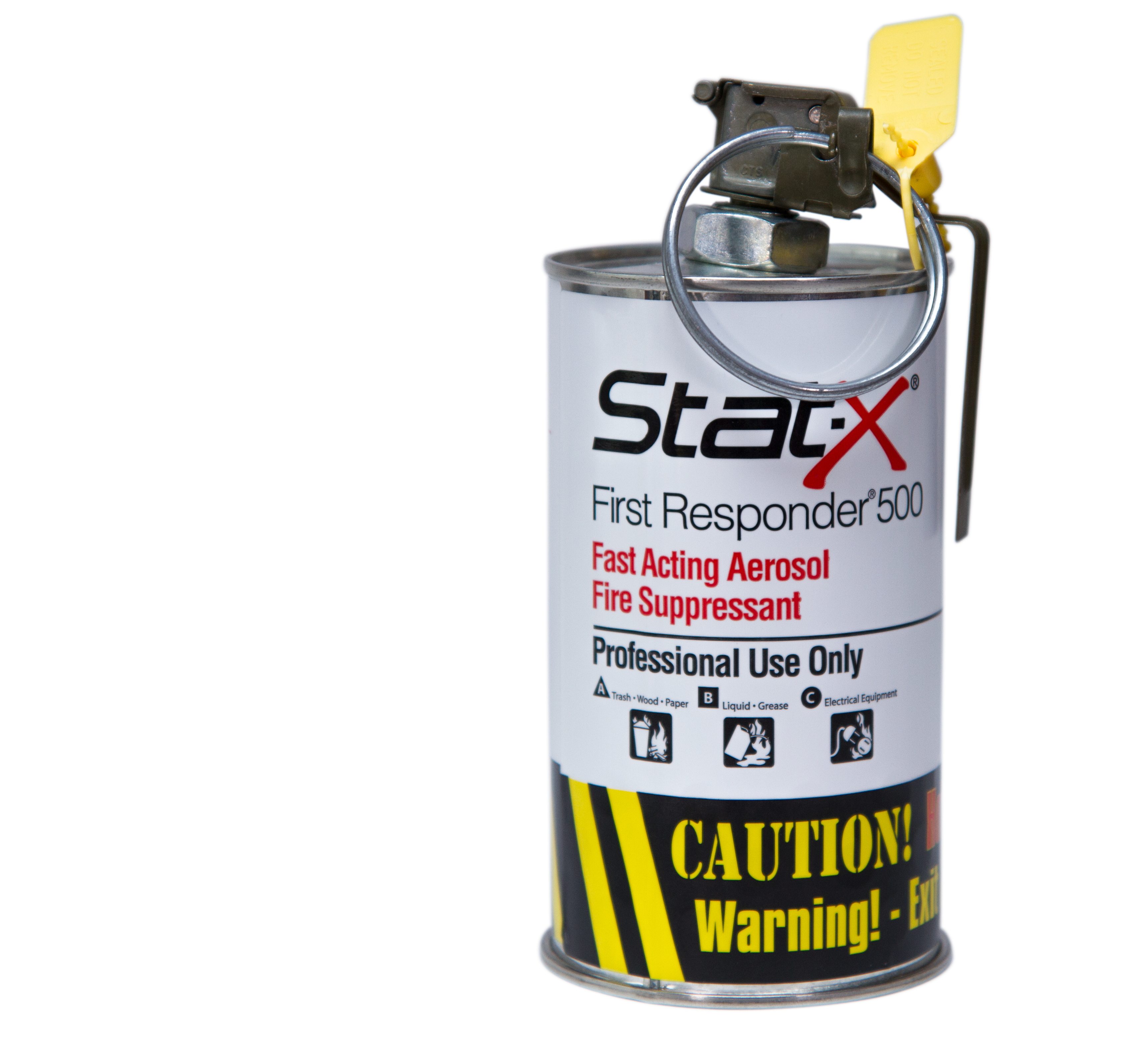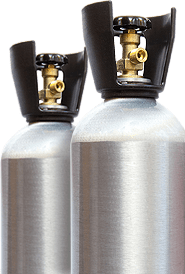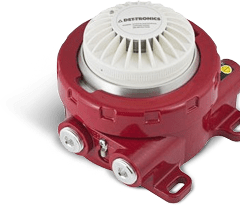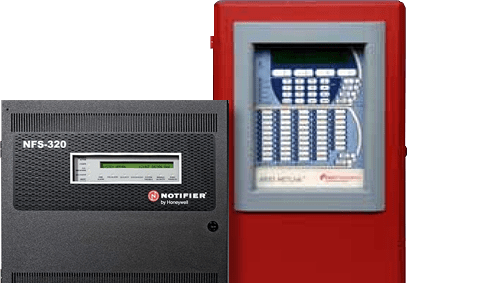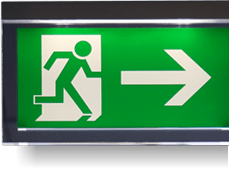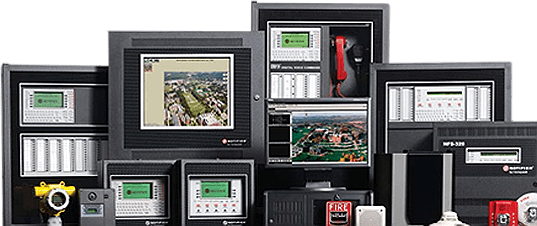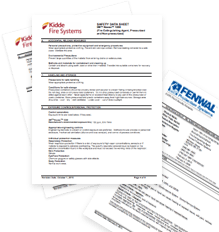Special Hazard Fire Suppression Best Practices
Protecting your property is essential for any business. It is therefore critical for you as a building owner to go the extra lengths you need to protect your properties from damage using special hazard fire protection systems .
What Is Special Hazard Fire Suppression?
Sprinklers are a traditional way of protecting buildings from fire. However, due to the inability of sprinklers to protect invaluable assets, special hazard fire protection can also be required in your building.
Special hazards refer to areas or offices containing valuable, unique assets that might be difficult to replace if destroyed. Special hazards include data centers, telecommunications, art galleries, etc. They also include health centers.
Explore further
Unlike regular fire protection systems, special hazard fire suppression protects the building and its contents from fire damage. These unique systems utilize prompt fire warning identification and chemical elements to prevent fire outbreaks using detection technology and intelligent computer algorithms to activate sensors, triggering special hazard fire suppression systems to identify the location of the pending threat. Either heat absorption or oxygen displacement releases the fire suppressant.
When to Use Your Special Hazard Fire Protection System
Not all buildings, facilities, or houses require a special hazard fire protection system, as regular fire protection systems are usually sufficient. However, the following instances indicate the necessity of a special hazard fire protection system:
1. If the Facility Poses A Higher Fire Risk
Buildings more prone to fire risk should utilize special hazard fire protection systems. This helps to prevent or minimize damage to the properties. Highly prone buildings include chemical, manufacturing, power, or industrial marine facilities.
2. If the Building Houses Invaluable and Irreplaceable Resources
A special hazard fire protection system is also recommended when your building stores invaluable assets and resources which are irreplaceable.
3. If the Facility Deals with People's Lives
Every building where people live or work for short or long periods requires effective protection from fire outbreaks. This includes homes, offices, hospitals, health care centers, etc.
Common Special Hazard Systems Fire Suppression Agents
Special hazard systems fire suppression agents include: Dry Chemical Suppression Systems (releases dry chemical powder) and Clean Agent Suppression Systems (utilizes inert gas or chemical agents for the quick extinguishing of Class A, B, and C fires).
Others include Commercial Kitchen Suppression Systems (shuts down every electric source and releases chemicals that extinguish the fire and intercept oxygen), Foam Suppression Systems (suppresses fire by isolating the ignition source from O 2 ), and CO2 Suppression Systems (utilizes C0 2 to suppress the fire).
People also search
The following are more detailed common special hazard systems fire suppression agents:
1. Novec™ 1230
This special hazard fire system protects data centers and other electronic facilities. The Novec™ 1230 enables fire suppression by releasing non-toxic and colourless chemicals that don't disrupt sensitive electronic parts. This fire prevention system helps to avoid damage to electronic appliances and connections in the electronic and data centers.
2. Aerosol
The Stat-X aerosol fire suppression system works to extinguish fires by interrupting their propagation through chemical interference. Potassium-based ultra-fine aerosol particles prevent the spread of fire in enclosed spaces through non-toxic, non-corrosive, and environmentally-friendly means, making this system perfect for energy storage containers or sea cans with power generators.
3. FM-200®
This special hazard fire suppression system prevents fire outbreaks and destruction by removing the heating element in a fire through heat absorption. Notably, this system works to prevent fire damage without residue. The agent is kept in cylinders in liquid form and compressed with nitrogen. It can also be used while people are present because it doesn't react, nor is it corrosive or conductive.
4. CO2
CO 2 is the scientific symbol for carbon dioxide, and is adapted for fire suppression to prevent damage to valuable assets. It suppresses fires without leaving any residue. It is typically used in unoccupied areas which aren't accessible to clients and staff. Low-pressure and high-pressure carbon dioxide suppression systems vary in size from 50 to 60 tons, respectively.
5. Inergen®
This is most effective for buildings where people are present, and mixes argon, nitrogen, and CO 2 to reduce oxygen. It disrupts the incineration process while retaining sufficient oxygen for breathing, and is the only passive fire suppression agent that suppresses fire while still being habitable for humans.
6. Water Mist
This special hazard fire suppression system is utilized to mitigate water damage done to the assets within an affected building or structures. It quenches fire using less than 1000 micron-sized water droplets, and water damage in the instance of fire is minimal and has no environmental effect. Therefore, it is safe to use in any area.
7. Foam
This special hazard protection system utilizes a ventilated foaming agent and combats fire by separating oxygen from the ignition source. Once the system identifies a fire, it releases a high-expanse of foam to suppress it. It is usually installed in spacious locations with large, highly flammable liquids such as gas.
Special Hazard Fire Protection System Detection & Control
The following are types of detection components usable by special hazard fire protection systems:
1. Air Sampling Smoke Detectors
Air sampling smoke detectors actively inhale and track air quality to identify smoke. They can locate fire early, and instead of waiting for smoke to pass, they quickly combat fire before severe damage is done.
2. Visual Fire Detectors
Visual flame detectors are anti-explosives that process visual images to detect the distinguishing features of a fire. Upon identifying the fire, the special hazard fire protection system is automatically triggered and prevents severe casualties.
3. Flame Detection Tubing
Flame detection tubing is fixed in high-fire risk enclosures, such as machine rooms. When a fire is identified, the tubing can immediately quench the flame with a suppression agent that leaves no residue.
4. Digital Linear Heat Detection
These are similar to flame detection tubing that discovers heat anywhere around the system. When heat beyond average operating temperature is sensed, the system protects your building and its occupants and assets.
Benefits Of Special Hazards Fire Protection
There are numerous benefits of special hazards fire protection to individuals, large-scale businesses, buildings, offices, and warehouses.
1. It Enables Quick Detection of Fire Outbreaks and Reduces Fire Damages
The detection system of special hazard fire suppression systems allows for the detection of smoke or flames and causes the system to activate its suppression system quickly. Unlike sprinklers, these systems prevent fire outbreaks and don't damage the assets of your building.
2. It Doesn't Release Toxic Chemicals That Pollute the Environment
Special hazard fire suppression systems such as clean agents prevent fire outbreaks without releasing toxic elements. This feature reduces casualties during evacuation.
3. It Prevents Outbreaks with Little or No Residue
Special hazard fire protection systems prevent fire outbreaks with little or no residue and thus make cleanup faster. Fire outbreaks and cleanup disrupts the daily operations of a business, household, or company. However, with little residue produced, work can resume almost immediately.
4. It Reduces Collateral Damage
The operation of special hazard protection systems ensures that your building is adequately protected and that your valuable assets are safe from destruction.
Determining the Right Special Hazard Fire Suppression System for Your Facility
Special hazard fire suppression systems protect your building and its contents from fire outbreaks. There is therefore a need to install the right fire suppression systems to ensure adequate protection.
Ensure you choose the best special hazard suppression system for your facility, home, or business by consulting fire protection experts. Make sure to personally select the fire suppression system for your facility based on an expert's recommendation, as professionals are equipped with the knowledge to help determine the best type of special hazard suppression system for your facility.
Experts will help design, install, and manage your special hazard fire suppression system tailored to your building. These experts or professionals perform fire protection assessments to determine the best equipment meeting National Fire Protection Association (NFPA) requirements. They can also install fire alarm systems that trigger whenever the sensor detects fire or smoke, informing inhabitants of the need to evacuate.
Special Hazards Systems Installation & Inspections
Based on the requirement of the National Fire Protection Association (NFPA) 750, NFPA 2001, personal Authority Having Jurisdiction (AHJ), and insurance companies, your fire alarm systems and special fire hazards must be constantly inspected and tested.
There is a need to perform monthly, quarterly, semi-annual, and annual special hazard inspections, testing, and services in all buildings where you install your special hazard suppression systems.
At Control Fire Systems, we understand the importance of making sure your hazard fire suppression systems are up to the standards your building needs. Reach out to us today for a quick and easy consultation, or with any other questions you may have!





